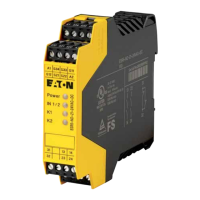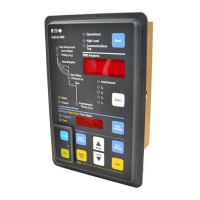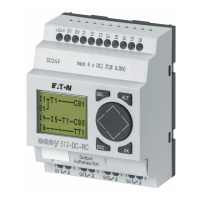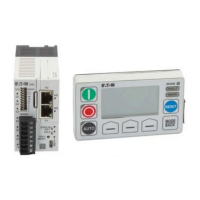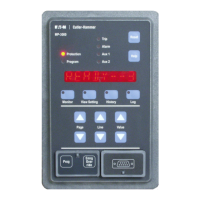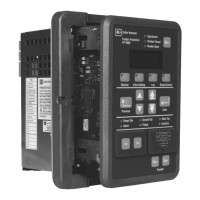I.B. 17555C
Effective November 1999
Page 40
Circuit Breaker Trips
Much Slower than
Expected on Inverse
Time Overcurrent
The Short Delay Time
Setting Determines the
Minimum Inverse Time
Overcurrent
Check Coordination Curves for Short
Delay and Inverse Time Overcurrent
Settings
Section 7,
Paragraph 3-3.1
Protective Relay
Indicates a Trip, but
Circuit Breaker Doesn’t
Open
Improper Wiring from
Protective Relay
Unit in Test Mode with “No Trip
Test Selected”
Check Trip Relay Wiring
NOTE:
Instantaneous and Override
Trip Functions Close the
Contact Between TB2- 12 and
TB2-13, while Inverse Time
Overcurrent and External Trip
Functions Close the Contact
Between TB2-14 and TB2-15
Check that Trip Contact on Protective
Relay makes
Select Trip Test while in the Test Mode
Check Wiring from Protective Relay to
Circuit Breaker Trip Coil
Check that Circuit Breaker has Source
of Tripping Power
Figure 3-1
Figure 3-1
Paragraph 3-3.3
Wiring Plan Drawing
Wiring Plan Drawing
Auto-Reset Function not
Operational
Breaker “b” Contact to
Protective Relay not
Functioning
DIP Switch S9 not set correctly
Check wiring from Breaker “b” Dry
Contact to TB1-9 and TB1 -10 of
Protective Relay Terminal Block
Check DIP Switch S9 Setting
Check that “b” Contact is Operational
Figure 3-1 and 5-3
Table 5.1
Figure 5-3
Manual Reset Function
not Operational
Dip Switch S9 not set correctly
Damaged Reset Pushbutton
Check DIP Switch Setting
Replace Protective Relay
Table 5.1
Paragraph 6-3
Caution: When the Digitrip 3000 Protective Relay is Powered, it Supplies Voltage to the “b” Contacts
TABLE 6.1 TROUBLESHOOTING GUIDE (CONTINUED)
Symptom Probable Cause Possible Solution(s) Reference

